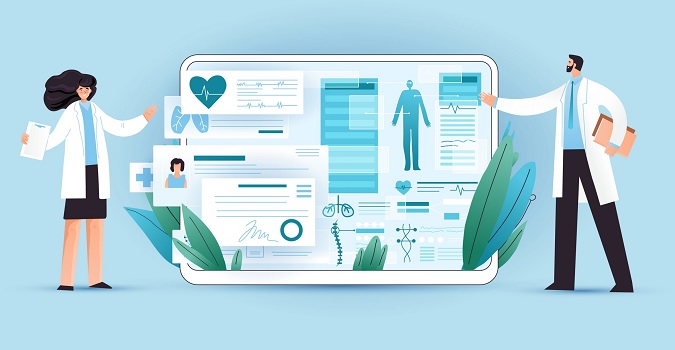Whether you’re looking to improve your practice’s efficiency or enhance patient services, practice management software can help. But what exactly is it?
Generally, this software is designed to streamline office operations and reduce errors. It also helps you save time and boost cash flow.
When choosing a PMS, you should consider your practice’s specific needs. Make a list of what features you need and which will streamline processes the best.
Patient Portal
The Patient Portal is an online tool that allows patients to view their health data and communicate with their care providers. It can also be used to schedule appointments and request prescription refills.
One of the most important benefits of a patient portal is that it can help increase adherence to medication plans and treatment guidelines. This can lead to better outcomes and lower costs.
A successful patient portal implementation should include training and engagement. Ensure everyone in the office knows about the portal and how to use it.
Click here – How to Hit Your Saving Targets
Electronic Health Records (EHRs)
An EHR (electronic health record) is a digital database that securely holds patient records. All information contained in it — from past medical history to lab results and imaging reports to medications, immunization dates, allergies and more — is organized and available for immediate access.
Electronic health records can save physicians time by reducing the paperwork required to complete patient documentation and automating some aspects of the billing process. Some physicians have reported that they’ve been able to reduce their workload by as much as 10 or 20 hours per week, which frees up more time for caregiving.
Billing
In the business world, billing entails creating an invoice that covers all of the details of a product, its price and payment terms. It also helps companies keep track of their inventory.
A practice management system can also help medical practices streamline their billing workflow and patient accounting processes. The system can automate the recording of front-office charges, bill back-office staff for coding and submit claims to payers for reimbursement.
Some systems allow practices to connect to electronic claim clearinghouses that maintain connections to many payers. This reduces the need for practices to create individual links to each insurance company and ensures that claims are submitted on time.
Click here – Harness the Power of Data Warehousing with the Right Tools
Scheduling
A practice management software scheduling feature allows users to create, change, and manage upcoming patient appointments. Despite the Practice management software cost this type of functionality helps practices stay on top of their schedules and ensure that they provide excellent care to patients.
By allowing more efficient appointment scheduling, practices can reduce no-shows and reduce callbacks. It also helps patients find their upcoming appointments quickly and easily.
Managing appointment slots is essential to any medical practice, and quality scheduling software will help you make the most of everyone. It will enable you to limit double and triple booking, add patients to wait-for lists as they become available, and even track cancellation trends.
Reminders
Reminders are essential to patient care and can help improve appointment attendance. They can be delivered via email, phone call or text at preset times before a patient’s scheduled appointment to increase their likelihood of showing up on time.
Appointment reminder software can be purchased stand-alone or as a feature set within more considerable patient scheduling, billing and EMR systems.
Ensure the reminder system you choose offers a cadence of messages that patients prefer. Sending them too often can irritate them and not generate the positive results you want.
Reporting
Reporting is one of the critical elements in practice management software. It enables users to gather data from various sources, such as patient records, billing information and insurance claims.
This information can be used to make better decisions about your business. It also allows you to capture more revenue and strengthen client relationships.
It also allows you to create electronic invoices and post bills online, so you can quickly collect payments from your patients. This can reduce the number of no-shows that occur in your clinic.






